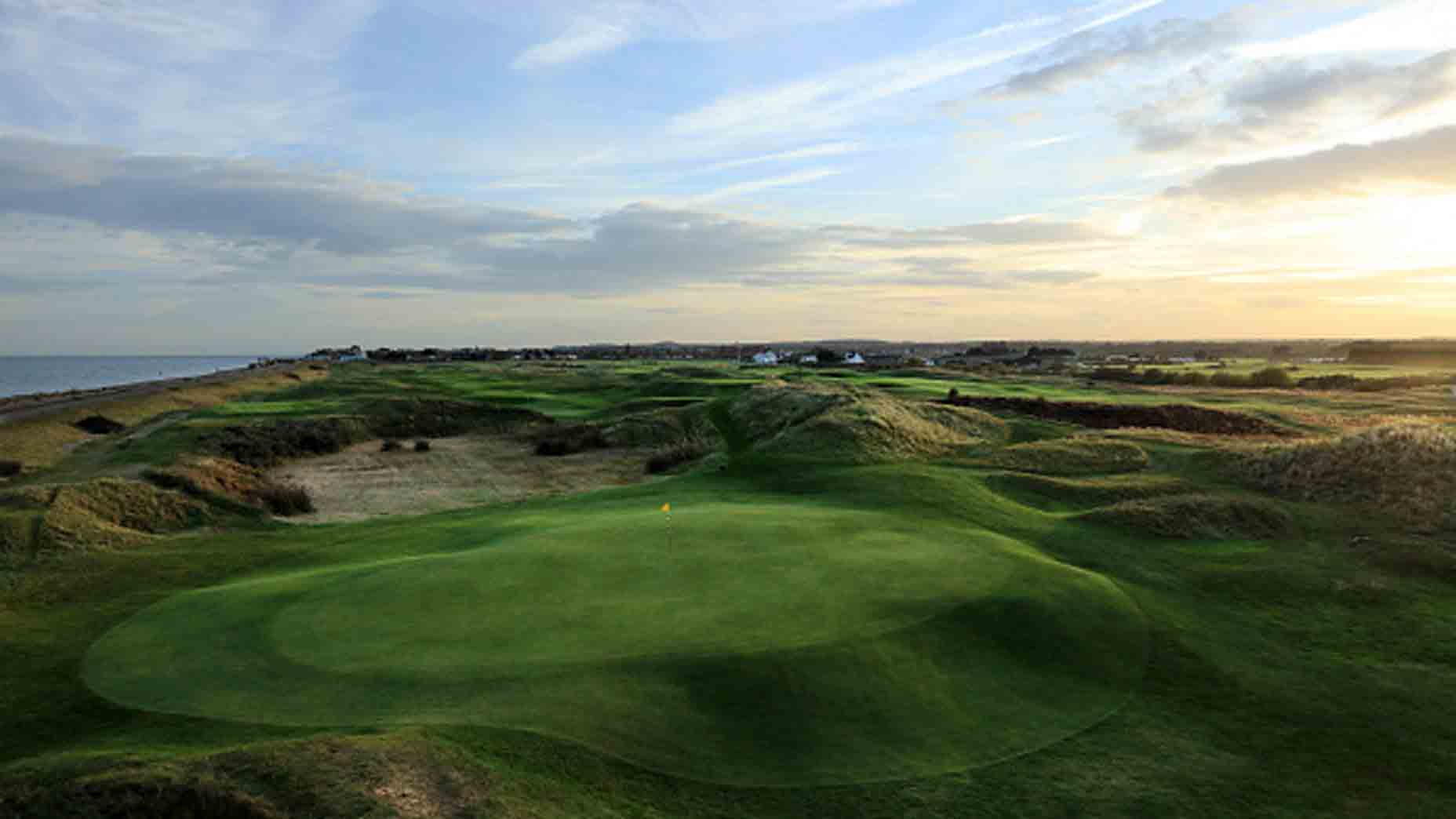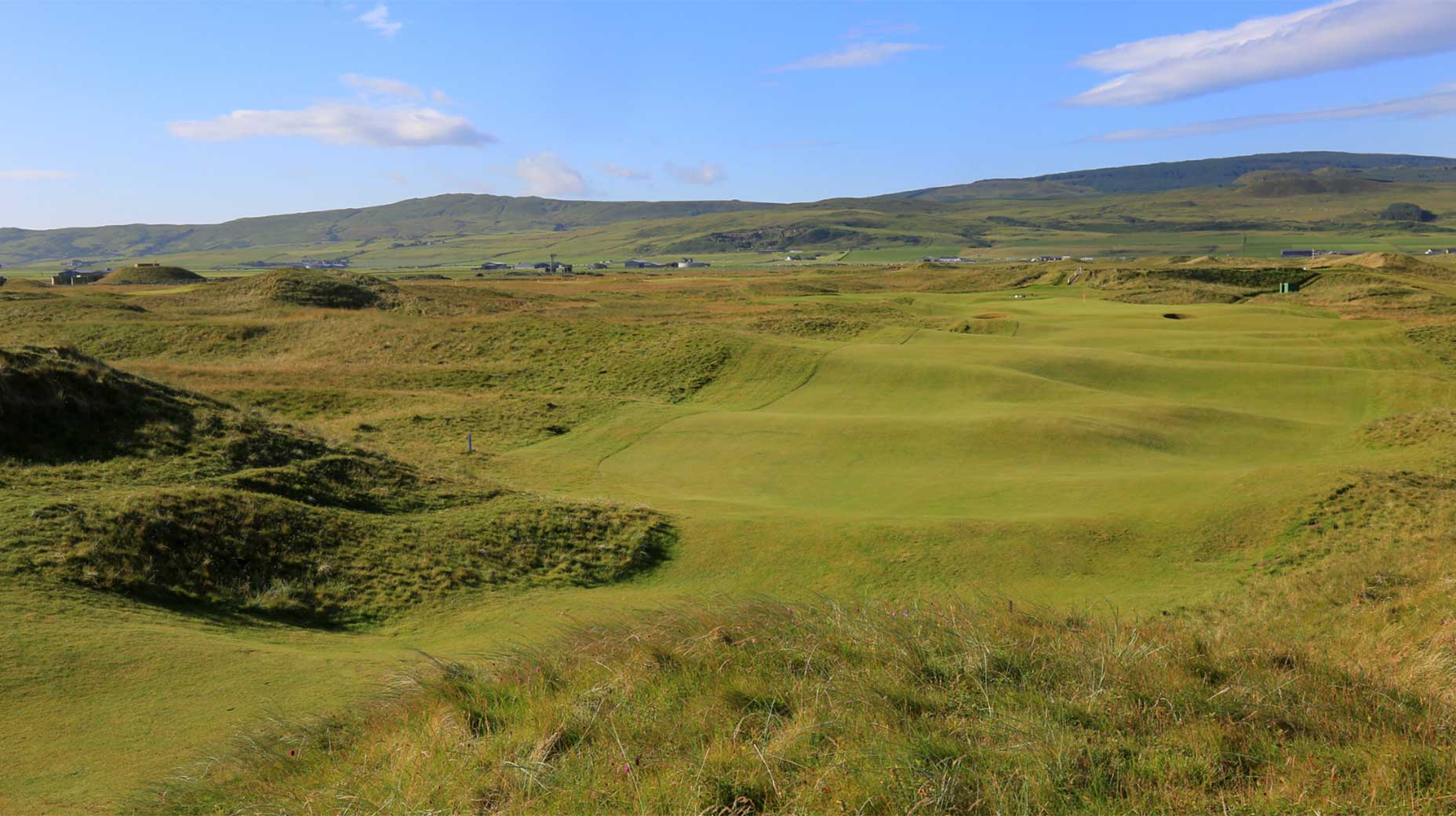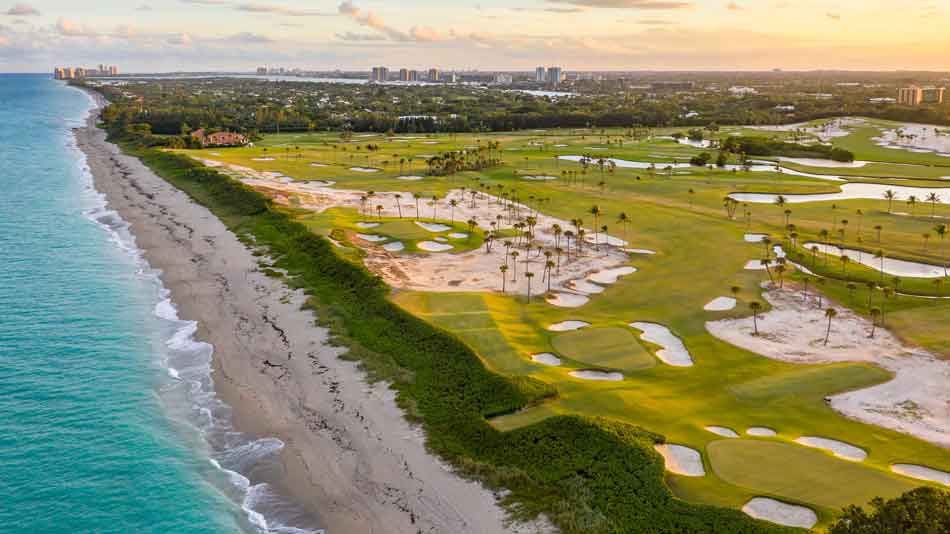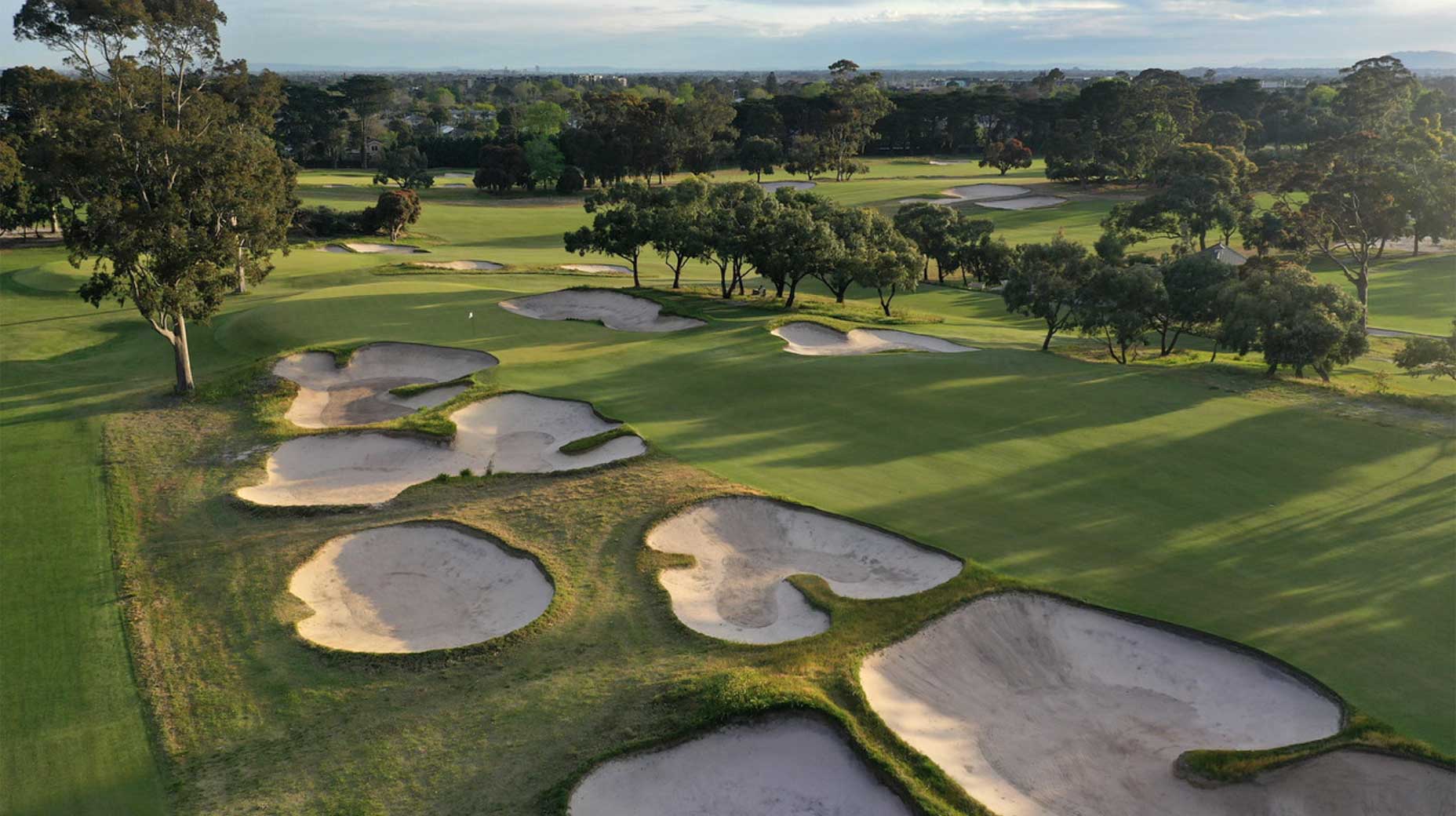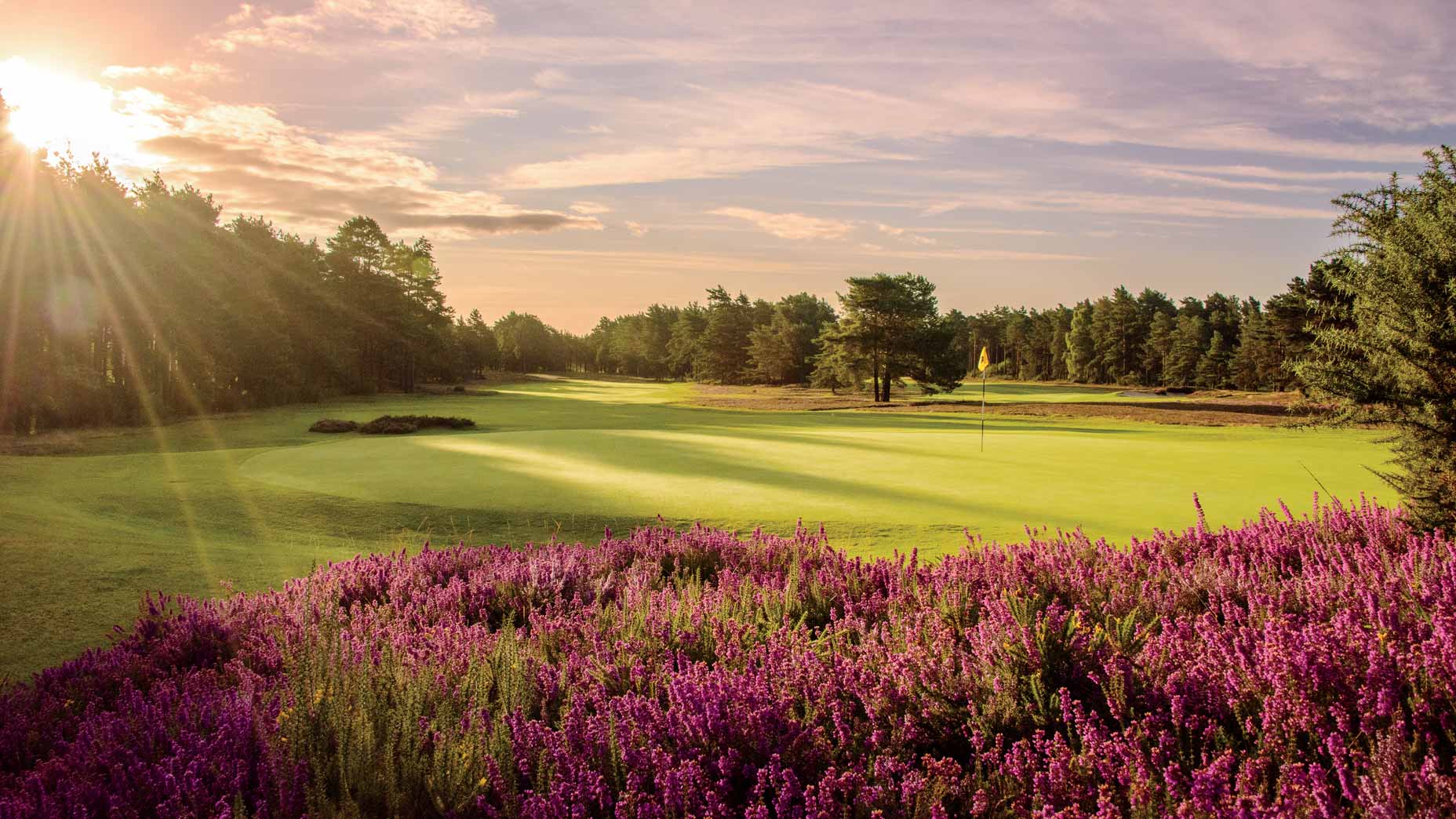What features make a golf course Top 100 in the world?
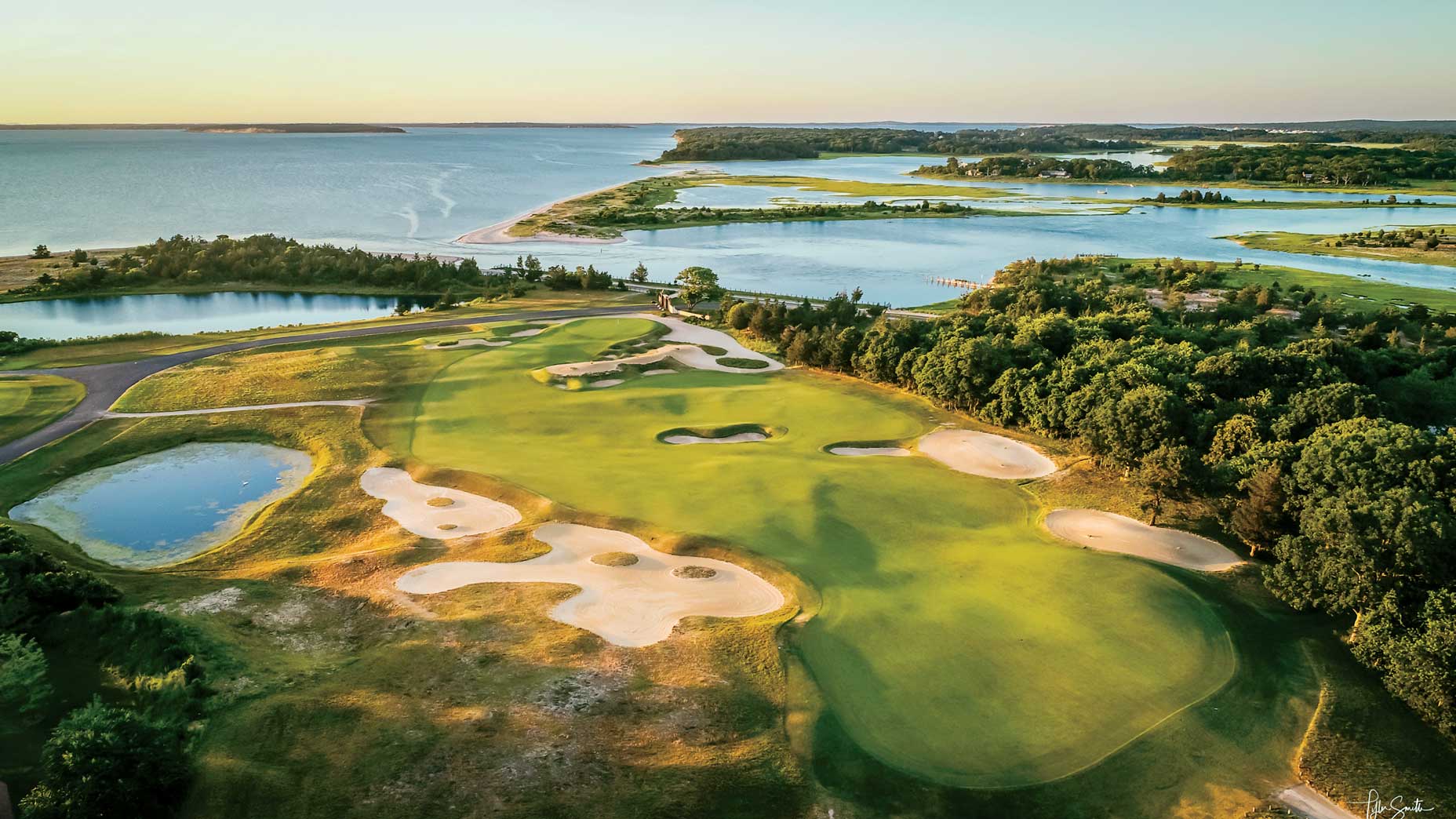
National Golf Links of America, the No. 5 course in our ranking.
Tyler Smith
GOLF Magazine’s list of the Top 100 Courses in the World is out. But if you’re anything like me when you look at rankings of truly great golf courses, you’ll wonder: What is it that makes a great golf course great? Does it help to be private? Is it all about the architecture? Is figuring it out a quantifiable endeavor?
Mostly, no. It’s not quantifiable. But there are trends that track throughout our list, and things that most course raters — the people who have traveled the world to judge the ground beneath our golf balls — tend to associate with the great tracks. We asked them to chime in on that simple question above: What makes a great course truly great?
1. VARIETY
This is the catch-all word that can be applied to so many things. Variety of land movement is nice — going up and down over hills and through valleys, like you see at Augusta National. But Ran Morrisett, GOLF’s architecture editor, told me great courses have variety in one unheralded aspect: obstacles and/or hazards.
“The more interesting things that the golfer must overcome, the more rewarding the experience,” Morrissett says. “Anyone can design a prosaic hole with a perfectly placed bunker 285 yards down the right and one 305 yards down the left to a green bunkered both left and right. Yet, so what? Golf can be so much more than dry and clinical.”
Think about the obstacles of courses golfers find in the U.K. You hit over the Swilcan Burn on the 1st hole of the Old Course in St. Andrews. Then, about four hours later you hit over an old shed on the 17th hole. At Royal Liverpool you hit over the out of bounds corner of the driving range. Variety of obstacles simply offers a variety in strategies, which then allows — or demands that — you show off a variety of skillsets.
At North Berwick, you are asked to hit over rock walls…multiple times. Does it require you to play a specific shot off the tee? Not necessarily. But does this rock wall make you think about that decision once you get close? Absolutely.

2. MAGNIFICENT GREENS
And by greens, we really mean green complexes. It’s not just the shortest mown turf. It’s the height of the green, the ridges of the green, their conditioning and how they judge what is an appropriate shot.
One of our raters, Phil Gawith, said to take it straight from CB Macdonald, maybe the greatest architect of all time. Macdonald said, “Putting greens to a golf course are what the face is to a portrait. The face tells the story and determines the character of the portrait.”
It’s a lovely quote, and certainly makes you interpret courses as works of art. So let’s look at Mr. Macdonald’s artwork at Chicago Golf Club. There’s the double thumbprint on the 10th hole, which accepts and rejects high-lofted 9-irons. There’s the punchbowl 12th green. Hit a wedge up into the bowl and take a walk. Find out what awaits you.
There’s the biarritz 3rd. And as far as biarritz greens go, this one feels pretty tame compared to that of, say, North Berwick. But that’s not the point. The point is you’re going to talk about this green when you sit down after the round. How could you not talk about it? You’re going to to talk about the greens at Chicago Golf Club the first time you play the course, and the third time you play it, and the seventh time you play it, if you could be so lucky. You’re always going to talk about the greens.
3. FITS WITHIN ITS SURROUNDINGS
You’ve heard that phrase before. That courses need to fit naturally where they exist. But what does that phrase actually look like? It’s something like Tara Iti.
Course rater Steven Lapper says a great course needs to be “fine tailored” for its environment. “The super-majority of great courses are found, not made,” Lapper says, “and their greens complexes look as if they’ve been there for decades, if not centuries.”
Keep that in mind as you look at Tara Iti. The fairways move like the waste area moves. The mounds on the course heave just like the dunes heave. Tara Iti, from just about any angle, looks as though there was a golf course waiting underneath all that scruff, and you took a gigantic razor blade to the area in order to find it.
The different levels of topography blend together so seamlessly that you are forced to wonder how many decades they’ve sat there before you arrived. The grass drops off right into the sand and the sand runs right up under the dune grasses and shrubs. None of it looks man-made. As if it’s been there for half a century. The irony, of course, is that Tara Iti hasn’t even celebrated its 10th birthday yet.
4. A SENSE OF PLACE
You’ve been on a journey to get to this course — it could be an hour, or over multiple days — but when that journey is complete, where does this course place you? It’s one of those unquantifiable things that make the best courses in the world stand out above the rest.
It’s a long travel day to Bandon Dunes or Cabot Cliffs but by the time you arrive, you feel like you are somewhere. The setting of those courses, up against opposite oceans, brings you a feeling of place. You could say the same about those tall pines and sandy waste areas of Pinehurst, and how they constantly remind you that you’re in the Sandhills of North Carolina.
Cruden Bay up in Scotland places you at the foot of a small, seaside town along the North Sea. It places you down the shore from Slains Castle, believed to be the inspiration for Dracula’s Castle. It fits perfectly among the tall dunes of Aberdeenshire. You play between them and into them and even find yourself out of breath scaling their peaks. Royal Portrush, in Northern Ireland, is similar. The No. 16 course in the world, where the holes weave through the dunes and even has a green that seems to fall off into the Atlantic Ocean. That is a golf setting you’ll never forget.

Now, is one course going to have all these things? Perhaps. Pine Valley, the top-ranked course for decades and decades, comes to mind. But there’s a reason it isn’t a unanimous No. 1. Because this competition, if we’re going call it that, is subjective. Everyone views courses differently. Every panelist is different. Some are obsessed with presentation. Others for the flow of a course and how it progresses to a climactic finish. Think: Pebble Beach.
So the true checklist of what makes a great course is much longer than we have time for. It may be six or seven or even a dozen items that raters consider when filing their own ranking. But one thing is certain: any course in our Top 100 is strumming the chords mentioned above. Fantastic greens, seamlessness within the surrounds, a sense of place, variety that you’ve never seen elsewhere and unique questions only these courses tend to ask. Check all these boxes and you’re on your way to something special.





